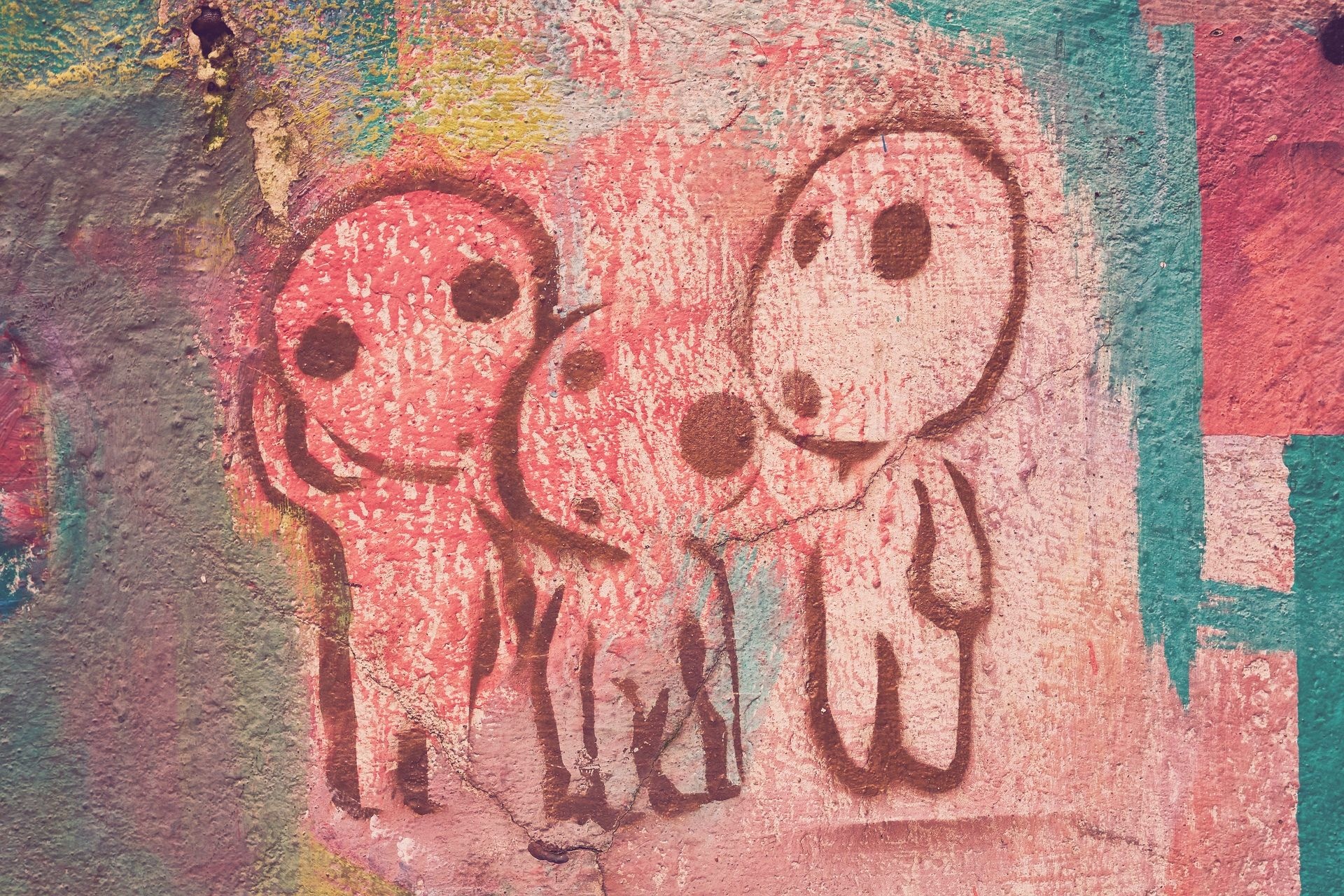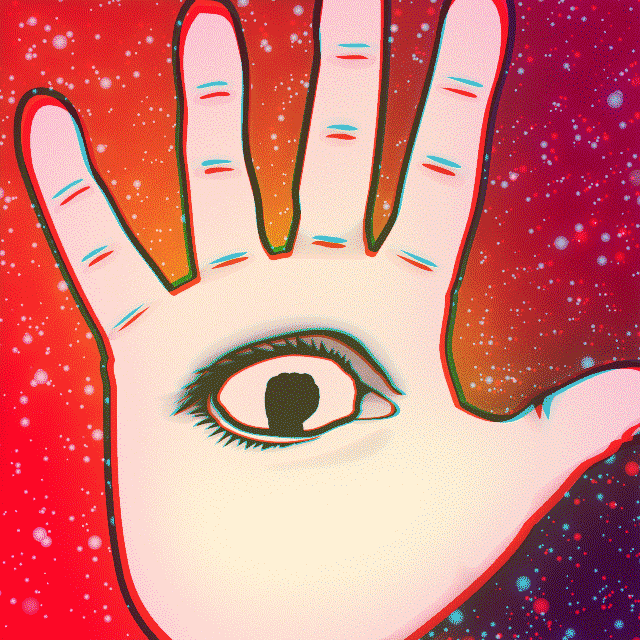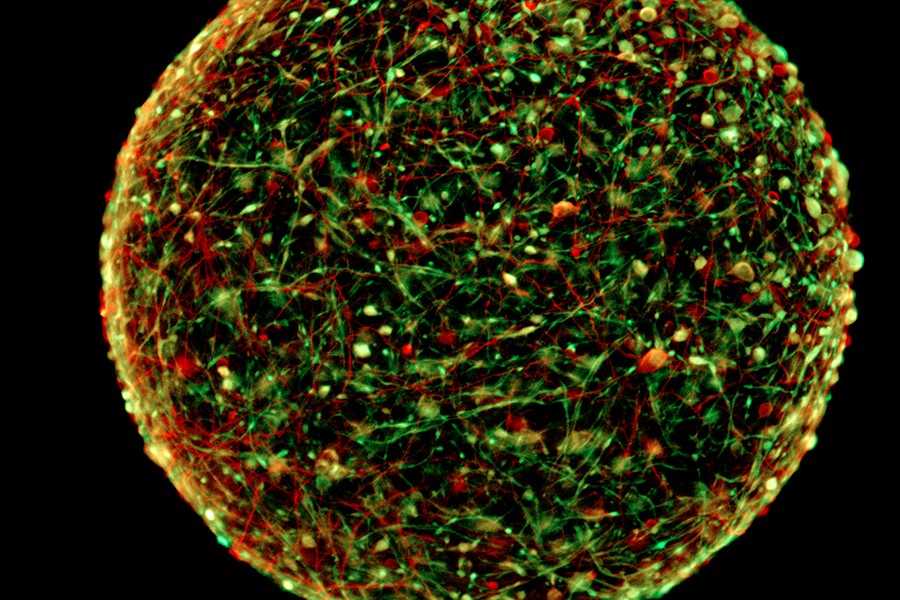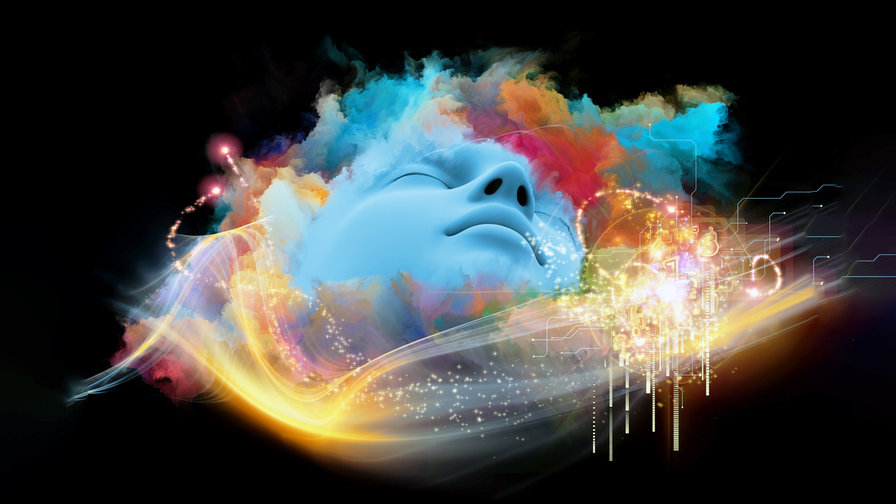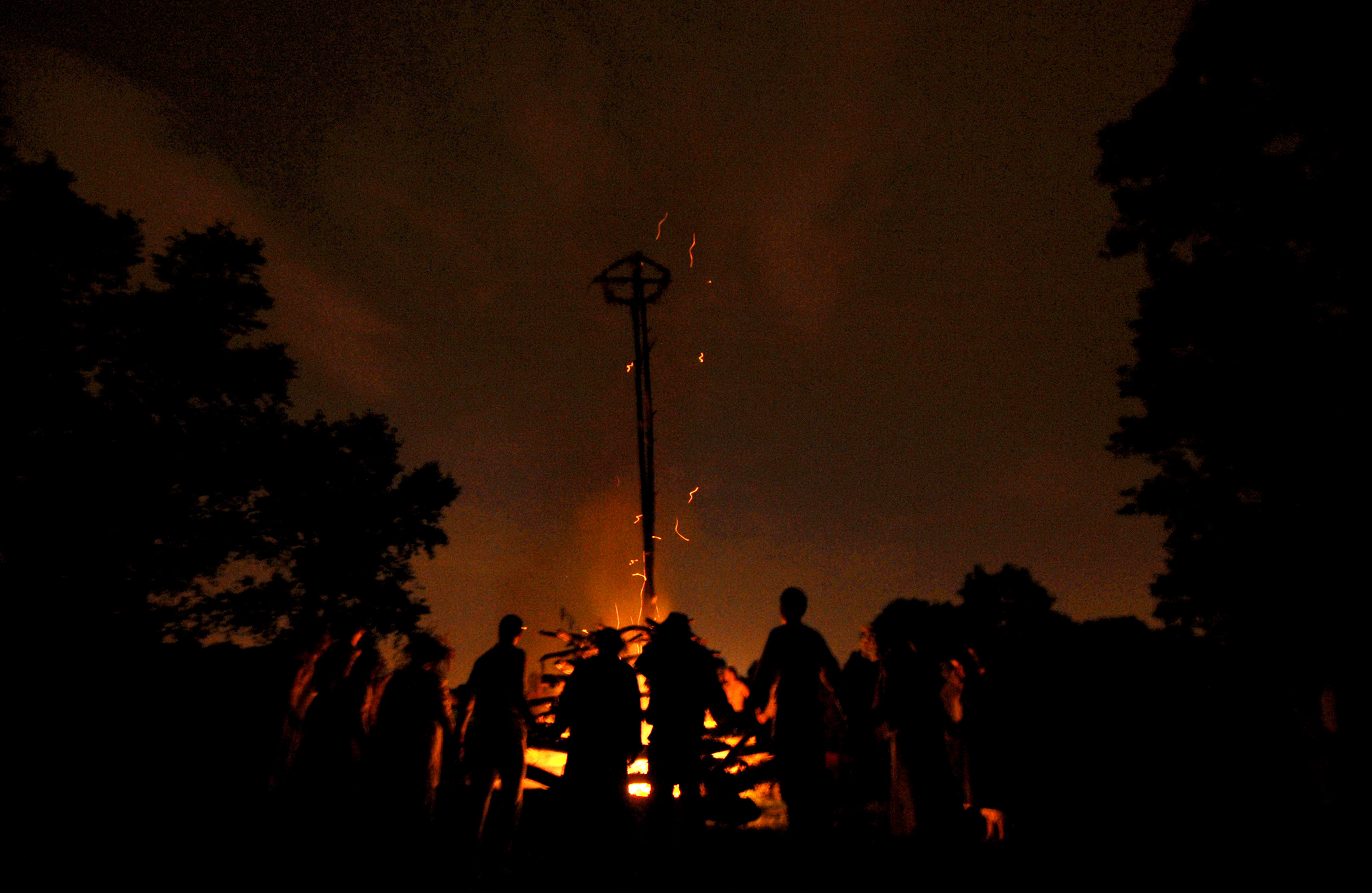dmt
Why do so many people report encounters with seemingly similar entities after taking DMT?
Turn on, tune in, and drop out and into a good psychedelic book.
It’s the 1st observed psychedelic-caused molecular changes inside human neural tissue.
As medicine’s interest in psychedelic drugs increases,will a shamanistic brew join your therapist’s list of go to prescriptions?
Psychedelic mushrooms may be the explanation to how the human neocortex experienced a dramatic evolutionary change from early hominids to homo sapiens.
